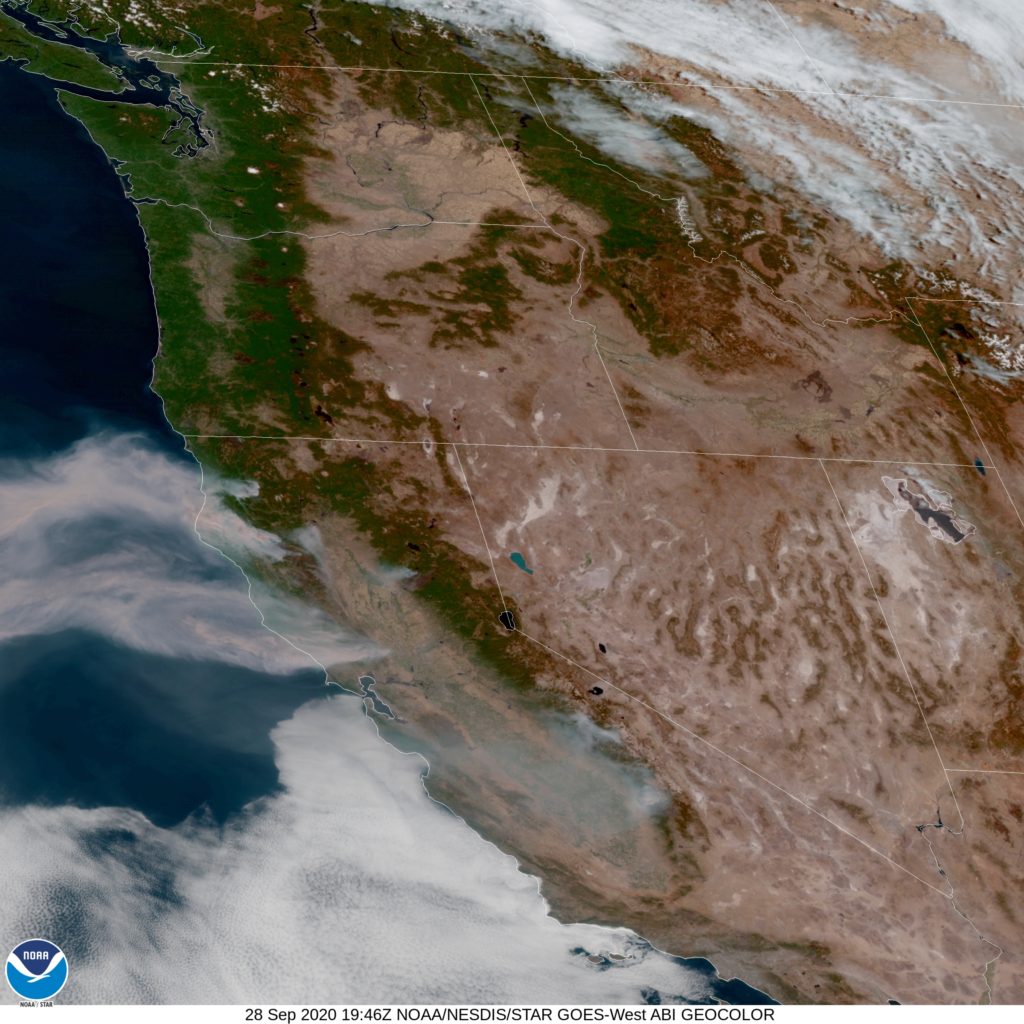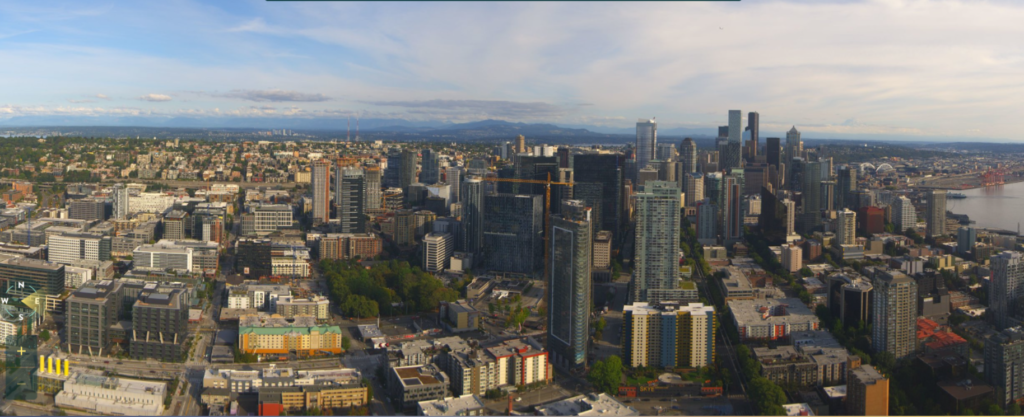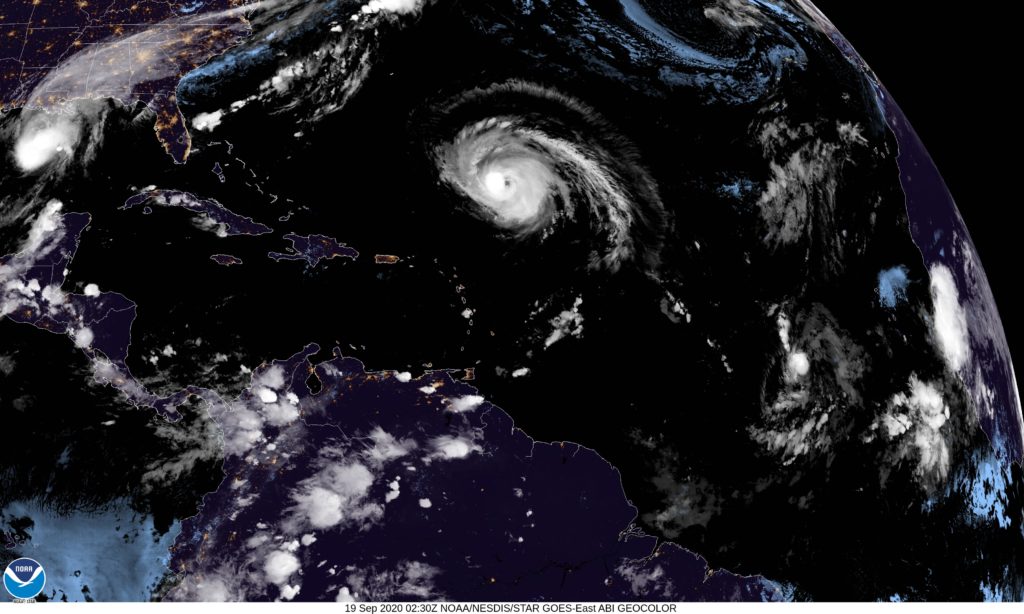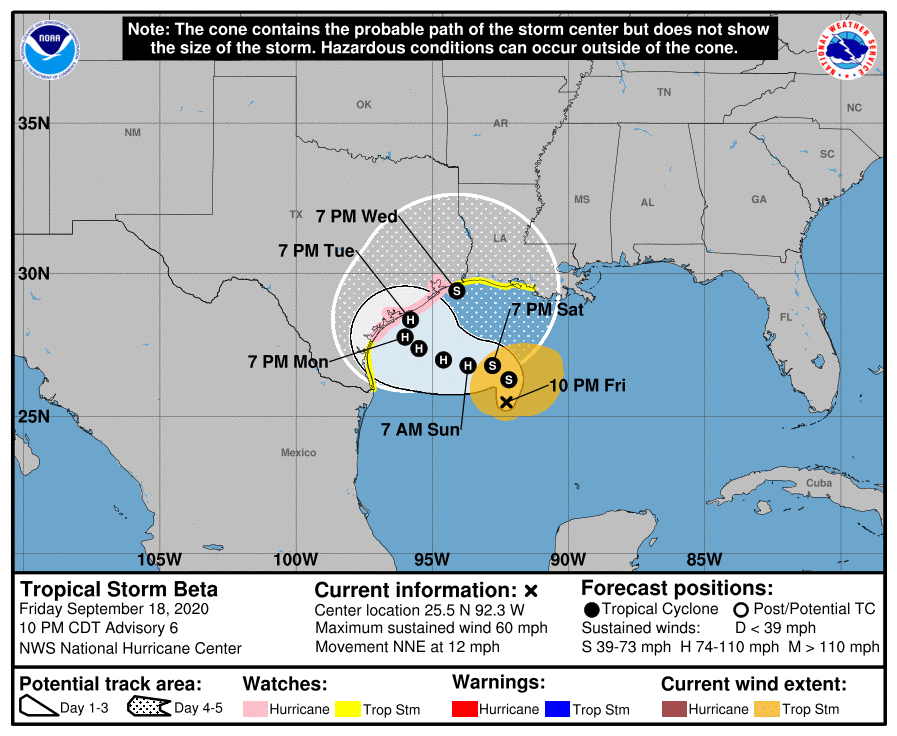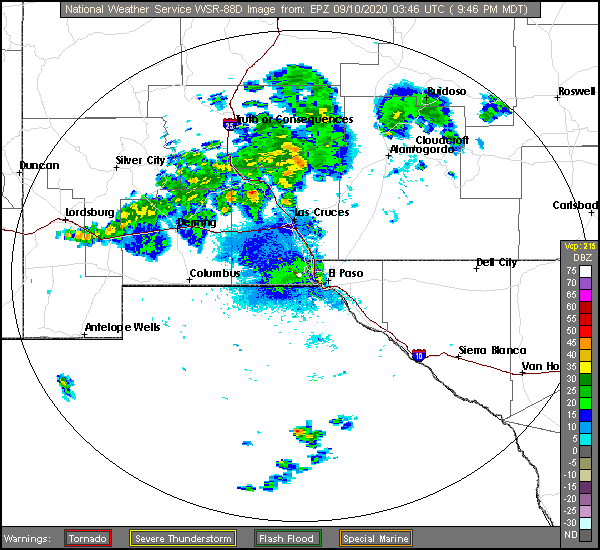It’s autumn, and it ure feels that way east of the Rockies, even if that’s not the case along the west coast. We’ll take a 4 day run to Puget Sound, which will cover 2182 miles. There is a lot of interstate contained on this route, even if we are covering some high terrain, so the pace will be about 68.2 mph, good for 545 miles a day.
DAY ONE (Thursday)
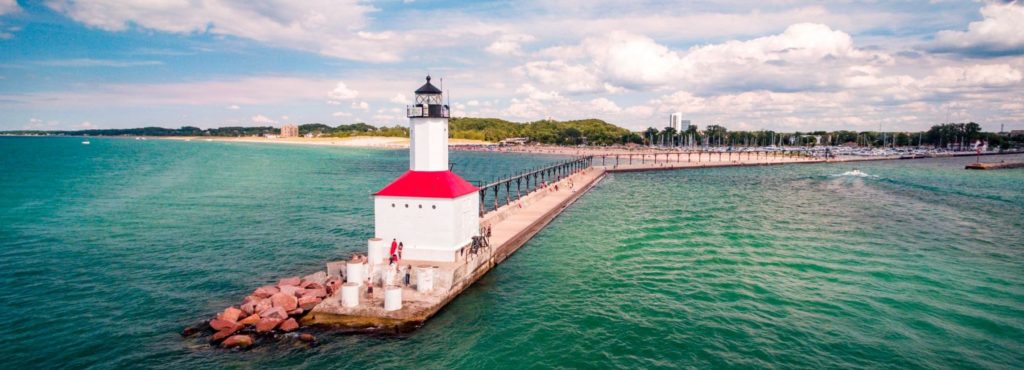
One of the factors in the Upper Midwest being cooler than normal is the presence of deep low pressure over Labrador, which is swinging more cold air and troughing into the area. It will clear up today in Michigan City, but more drizzle and clouds will emerge by tomorrow morning, and will be the situation through most of our Thursday drive. Some drips and drops will spatter our windshield through Chicago, Milwaukee and Madison, and probably won’t truly clear up until after we pass through LaCrosse. We’ll make it to Lakefield, Minnesota before we pull off for the night.
DAY TWO (Friday)
High pressure is entrenched west of that deep area of low pressure. There might be a few high streaking clouds over the western Dakotas, but I would hard pressed to believe they will touch the ground. We’ll traverse South Dakota and clip northeastern Wyoming before we stop in Boyes, Montana, a ghost town in the southeastern corner of the state. It’s going to start warming up by the end of the day.
DAY THREE (Saturday)
The entirety of our day will be spent in the windswept prairies of eastern Montana, and the peaks of western Montana that will be significantly less windswept, and definitely not as cool as you might hope. We’ll make it to Wye, on the northwest side of Missoula, and call it a night.
DAY FOUR (Sunday)
The best news for our Sunday drive is that the threat for wildfires in the Pacific Northwest has significantly lessened. It will be dry and unseasonably warm in the interior west, before it gets a bit more comfortably as we head north from Seattle into Bellingham.


